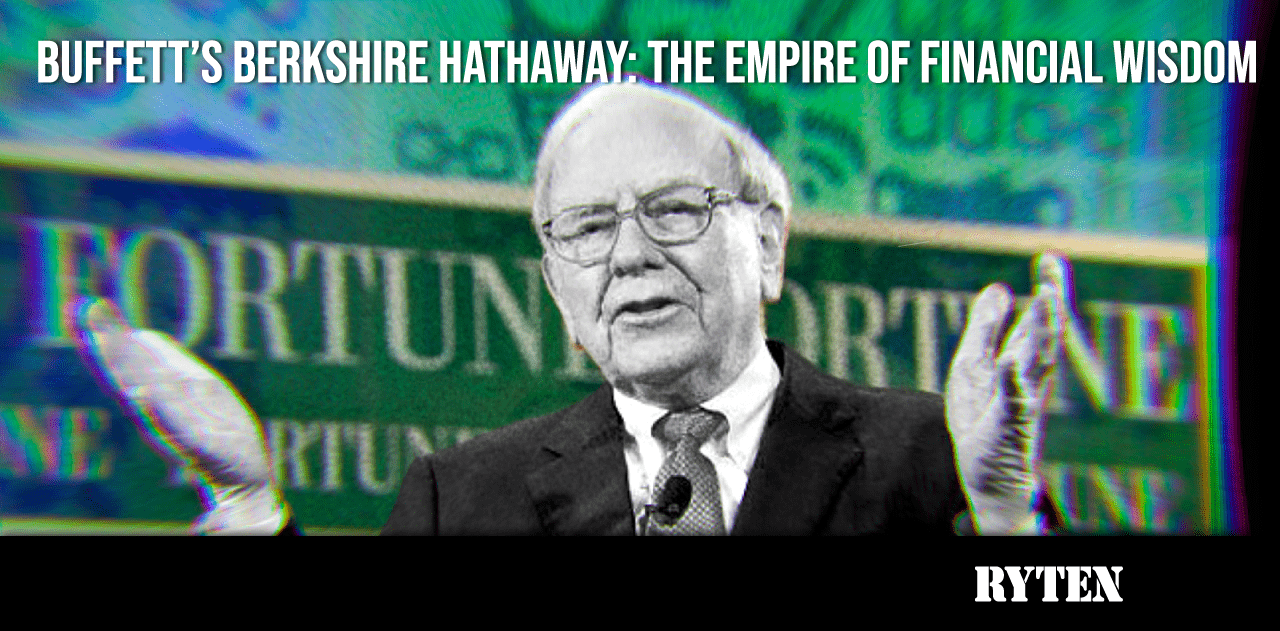APPLE INC: STEVE JOBS’ EMPIRE OF DESIGN THINKING & INNOVATION

Few brands in history have achieved the global recognition and influence of Apple Inc. At the heart of this technological empire stands Steve Jobs, the visionary co-founder whose relentless pursuit of innovation transformed Apple from a modest garage startup into one of the most valuable and iconic companies in the world.
From sleek personal computers to revolutionary smartphones, Jobs built an empire that redefined how people communicate, work, and create. Apple’s journey is a testament to Jobs’ genius for combining groundbreaking technology with exceptional design and his belief in delivering “insanely great” products to consumers.
The Beginnings of Apple: A Startup with Big Dreams
Apple’s story began in 1976 when Steve Jobs, Steve Wozniak, and Ronald Wayne founded the company in Cupertino, California. Their first product, the Apple I, was a simple circuit board designed for tech enthusiasts. It was followed by the Apple II in 1977, which revolutionized personal computing with its user-friendly interface and wide appeal.
The real game-changer came in 1984 with the introduction of the Macintosh. The Mac was the first computer to feature a graphical user interface and a mouse, making it accessible to a broader audience. While its initial reception was modest, the Macintosh would lay the foundation for Apple’s future innovations.
A Period of Turmoil and Jobs’ Return
In 1985, after internal conflicts within Apple, Jobs left the company he co-founded. During his absence, Apple struggled with product missteps and declining market share. Jobs, however, continued to innovate elsewhere, founding NeXT, a computer company focused on advanced technologies, and acquiring Pixar Animation Studios, which would later revolutionize the film industry.
Apple’s fortunes changed dramatically in 1997 when Jobs returned as CEO after the company acquired NeXT. His comeback marked the beginning of Apple’s most transformative period. Jobs streamlined the product line, revitalized the company’s culture, and set it on a path to dominate the tech industry.
Key Innovations Under Steve Jobs
Jobs’ leadership ushered in a golden era for Apple, defined by groundbreaking products that reshaped entire industries:
The iMac
In 1998, Apple launched the iMac, a vibrant, all-in-one desktop computer that combined innovative design with powerful performance. Its success reintroduced Apple to mainstream consumers and solidified its reputation for blending aesthetics with technology.
The iPod and iTunes
In 2001, Apple launched the iPod, a portable music player that revolutionized how people consumed music. Paired with the iTunes Store, which debuted in 2003, Apple disrupted the music industry by making it easier than ever to buy and organize digital music legally.
The iPhone
In 2007, Jobs unveiled the iPhone, calling it a combination of a phone, an iPod, and an internet communicator. The iPhone didn’t just change mobile phones—it redefined how people interacted with technology. It became the cornerstone of Apple’s empire and sparked the modern smartphone revolution.
The App Store
Launched in 2008, the App Store created a new ecosystem for developers and users, transforming the iPhone into a platform for endless possibilities. The App Store’s success extended Apple’s influence into areas like gaming, productivity, and entertainment.
The iPad
In 2010, Jobs introduced the iPad, bridging the gap between smartphones and laptops. The device’s intuitive interface and versatility made it a hit, further expanding Apple’s reach into the tech landscape.
Apple’s Ecosystem: A Seamless Experience
Under Jobs’ vision, Apple didn’t just sell products—it created an ecosystem. Macs, iPhones, iPads, and accessories like the Apple Watch and AirPods all worked seamlessly together, delivering a cohesive user experience. Services like iCloud, Apple Music, and the App Store further strengthened customer loyalty, making Apple a lifestyle brand as much as a tech company.
Design and Innovation: The Apple DNA
Jobs’ obsession with design and functionality became Apple’s hallmark. He believed in creating products that were not only beautiful but intuitive and easy to use. From the unibody design of the MacBook to the minimalist packaging of every Apple product, Jobs ensured that Apple’s design ethos extended to every detail.
The Legacy of Steve Jobs’ Apple Empire
When Steve Jobs passed away in 2011, he left behind more than a successful company; he left a legacy of innovation that continues to shape the tech world. Today, under the leadership of Tim Cook, Apple remains a global powerhouse, introducing products like the Apple Watch and pushing into new frontiers like augmented reality and electric vehicles.
Apple Today: A Global Titan
Apple is not just a tech company—it is a cultural phenomenon. With a market capitalization exceeding $2 trillion, Apple stands as one of the world’s most valuable companies. Its influence spans technology, entertainment, and design, continuing the legacy Jobs built.
A Visionary Empire
Steve Jobs’ empire is a testament to the power of vision, innovation, and relentless pursuit of excellence. Through Apple, Jobs didn’t just change the tech industry—he changed the way people live, work, and connect. His story remains an inspiration to entrepreneurs and innovators worldwide, proving that with the right combination of passion and creativity, one can build an empire that stands the test of time.






